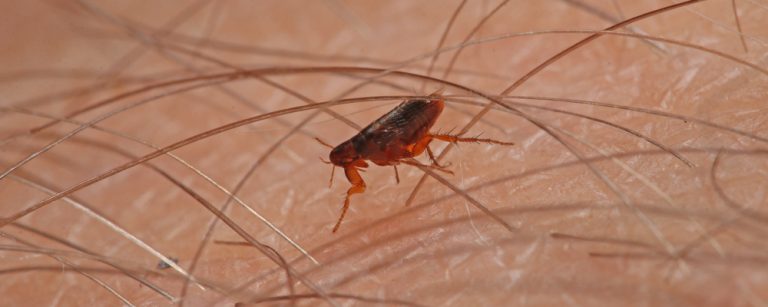You may initially blame itchy, raw skin on blame pesky mosquitoes, seasonal allergies, contact with poison ivy, or even switching to a new laundry detergent. However, if you were not bit by a mosquito, have no known allergies, and have made no other changes to your routine, you may have something else going on. So, what is this mystical culprit then, exactly? The answer might be surprising. You may have fallen victim to an invasion of fleas in your yard.
In addition to insects, your plants can also can fall prey to diseases. If you are growing roses, you may want to learn more about the rose mosaic virus.

Where Do They Come From?
If you have cats or dogs, you know that a tiny flea can result in real problems. Since one female insect can lay up to 200 eggs per day, and these can hatch in as little as two days, determining if this bug is the problem is imperative.
Once it has found a suitable host, such as your family pet, it will stay attached to your dog or cat until it is groomed off or somehow dislodged. This can take as many as eight days.
Female adult fleas cannot lay their eggs without feeding first. So, once she is fed from your pet’s bloodline, her eggs are laid in their fur. Once laid, the insect’s eggs will fall to the ground to the ground to hatch.
After about two days, the eggs will hatch into worm-like larvae. If this point does not discover them, the larvae will spin cocoons to wrap themselves in within a week. Next, the cocoons become pupae. As long as a food supply is still plentiful, the pupae will emerge as an adult flea within a week. If a food source is inadequate, the pupae can remain wrapped in that cocoon for up to a year.
So, imagine your dog brings in one flea that lays 200 eggs, and they become fully mature creatures within two weeks. Each of those 200 fleas can each lay 200 more larvae, which can also be fully formed in two weeks. The results: In just one month, you have 40,000 of them that are looking to reproduce. Before long, your lawn will become the breeding grown for thousands of these pesky bugs. They will invade your green turf and continue to multiply.
Remember that this all started with one flea. It does not take much time at all for a full infestation to occur in your yard.
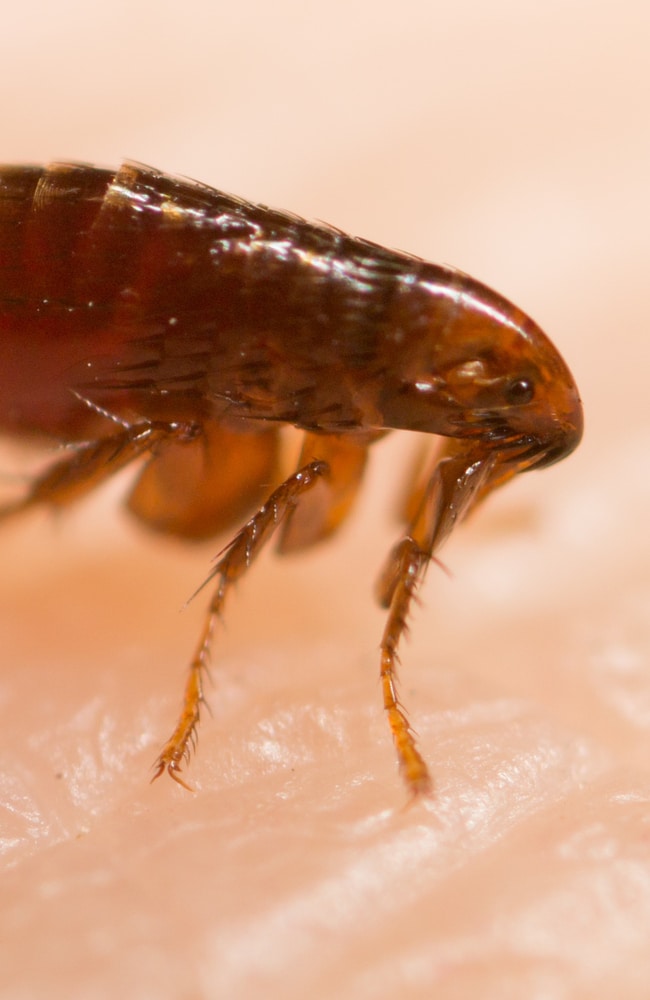
Different Types and the Problems They Can Cause
There are over 2,000 different types that have been identified. However, there are only a handful of different species that you may commonly encounter. These include:
Cat and Dog
Cat and dog fleas are the most common species that you will find. They are capable of hosting on felines, dogs, wildlife, and even humans.
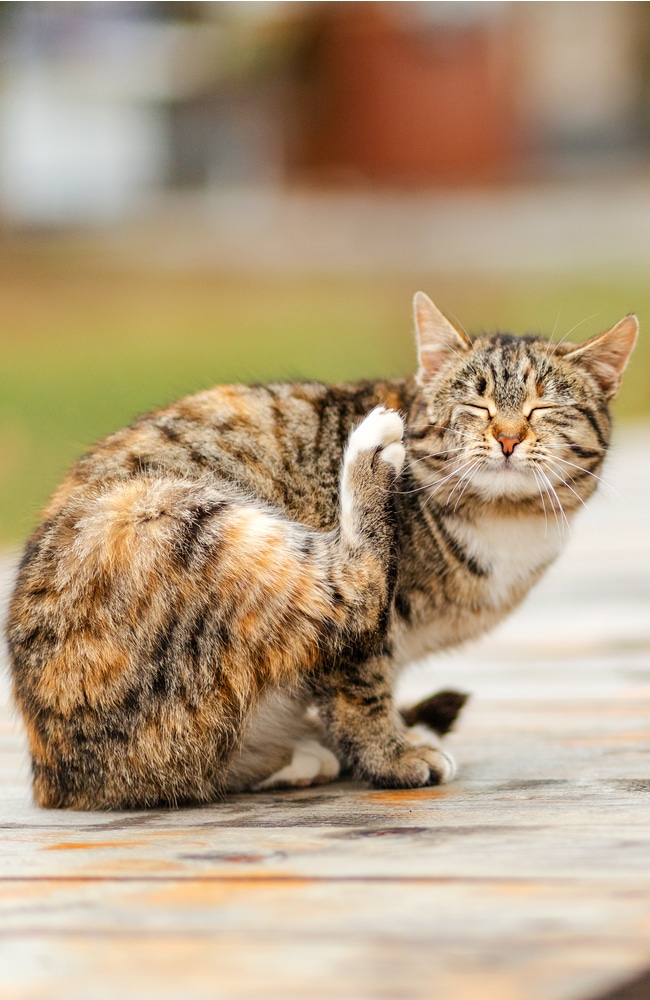
Human
While these creatures can host on humans, their preferred food source is pigs.
Chigoe
You have probably heard the chigoe called by its other name: the sand flea. These pests prey on people when they visit tropical beaches, as they prefer warm, dry environments.
Rat
There are two different species of rat fleas: the oriental rat and the northern rat flea. These pests feed on Norway rats and roof rats. It is dangerous because the blood they feast on is often full of diseases that can spread and transmit diseases and infections that include plague, murine typhus, and cat-scratch disease. These bug bites can trigger an allergic reaction that can prove uncomfortable.
Where Do They Live?
The flea prefers to live on your dogs and cats because they are this parasite’s food source. So, it is important to check your pets regularly. Since these pests prefer warm, moist and shaded areas, your lawn can easily become a breeding ground for the parasite. They thrive in piles of wood or decaying leaves.
Grass-based fleas do not typically like sunny, exposed areas of your lawn. They will often go through their entire life cycle rather in your home after latching on your family pet. It is important to double-check your pet beds regularly, as the larva or pupae will fall there when your dog or cat is resting.
Also, be sure to check the carpeted areas of your home as well as dirty laundry hampers; if a flea clinks to you and travels inside on your clothes, your laundry basket can quickly become a breeding ground for these pests.

Do They Jump?
Fleas do not have wings, so they fly. They have flat bodies and powerful legs that they do not use to walk but rather jump from place to place. They jump up from the ground onto your pets, your clothes, and other animals to nourish themselves. Most of these tiny pests can jump up to eight inches. However, the longest record jump was reported to be 20 inches.
How To Prevent Fleas in Your Yard
Fleas show up and cause an infestation in your yard for three reasons.
- Food
- Water
- Hiding Places
So, how do you prevent them from showing up and staying long-term?
Mow Your Lawn
Mowing will make your yard unattractive to these jumping pests. If your grass is too long, then the bugs have a place to remain hidden. However, be careful not to cut your grass too short. You may run off the spiders and ants that eat fleas and keep them from infesting your yard and house.
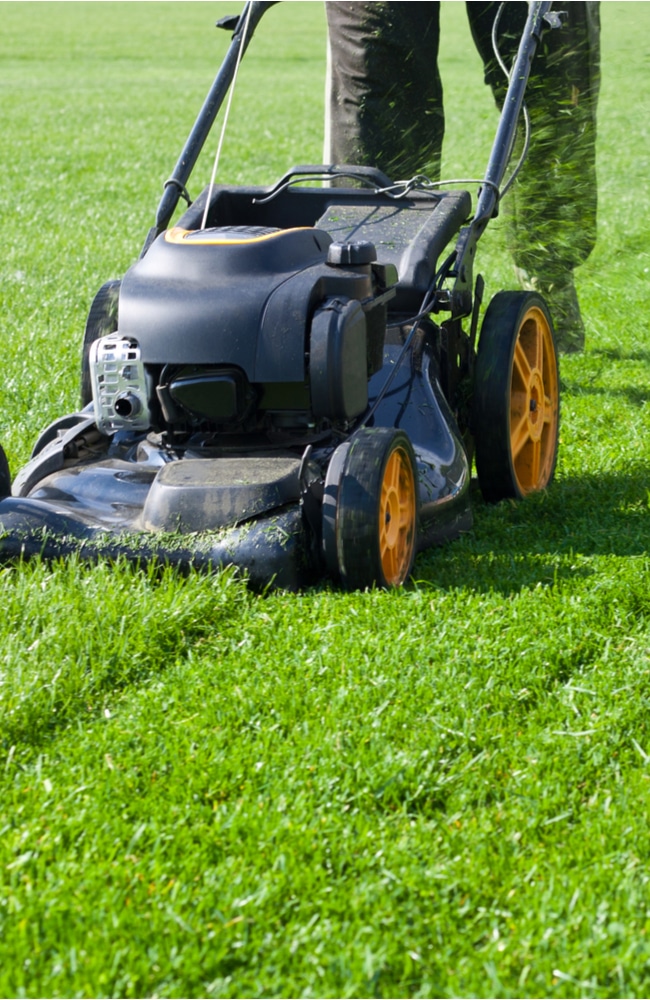
Clean Up Your Yard
Remove all the brush, dead leaves, and trash from around your yard. Pay special attention to the edges, as this is where these materials often end up. With an effective outdoor repellent treatment and a clean yard, you will have created a defensive barrier from unwanted bugs.
Be Careful How Much You Water
All animals need water to survive. These insects are no different. Make sure you are not using too much water on your lawn or the plants around your house. You also should make sure that your yard is draining correctly. That way, you avoid any standing water where bugs like to spawn.
Show Them the Light of the Day
Most tiny bugs are averse to sunlight. Cut back overgrowth and keep the shrubs and trees pruned. This will allow more light to shine into your lawn. The sun can be a natural bug repellent.
Use Cedar Mulch
Cedar is a natural insect repellent. Not only will using it in your flower beds keep them away, but you’ll also be treated to its pleasant aroma all the time. It’s a win-win.
Throw Out the Wildlife
Sure, you want to keep your dogs and felines. However, kick out anything that is not domesticated: squirrels, rabbits, raccoons, and any of nature’s other furry creatures. These animals attract and provide a food source to unwanted critters. Be sure to get rid of anything in your yard that might be appealing to the wildlife roaming outside, such as birdseed or other small food sources.
Clean Your Pets
By using bug treatment on your pets and keeping them clean, you can stay ahead of any infestation issues. Remember that these insects need to feed before they reproduce. So, beat them to the punch and make sure they don’t have anything to eat.
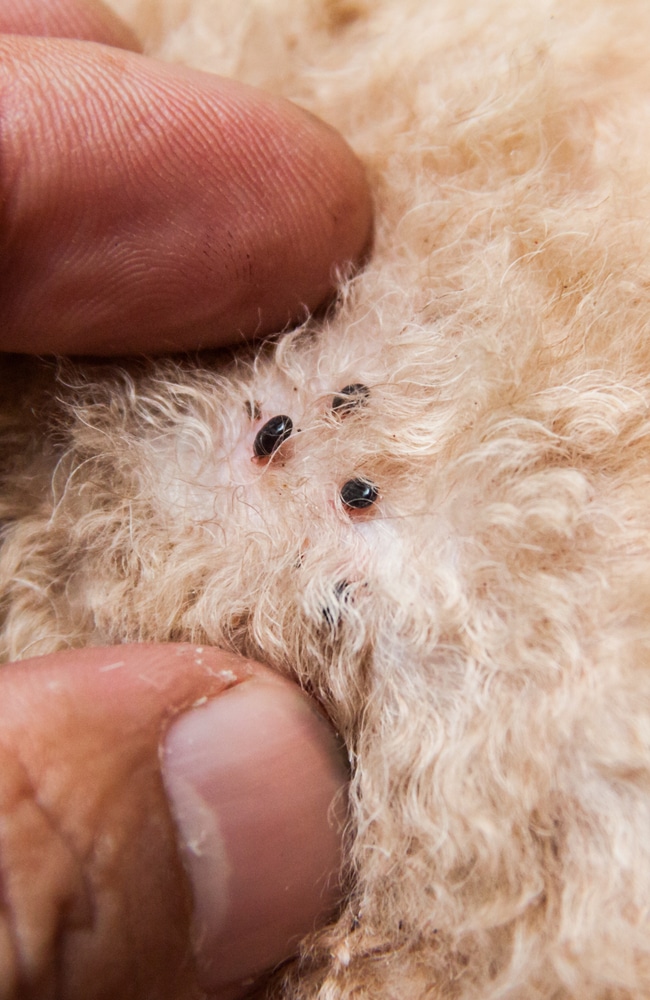
How To Kill Bugs in Your Yard
There are a few different methods you can use to kill unwanted tiny creatures on your property.
Outdoor Bug Spray
Using an insecticide spray is the quickest and most efficient pest control treatment to kill these insects around your home. You don’t need to spray every blade of grass on your property. These bugs will not survive long in sunny areas or on heavily traveled portions of turf, so you do not need to apply much or any insecticides to these locations.
Spray in places the insects are likely to be found like moist leaves and debris or decaying wood. You can also spray your chosen pest control product where the dog plays or where the cat lies. These are all sections of your property where fleas may like to hide.
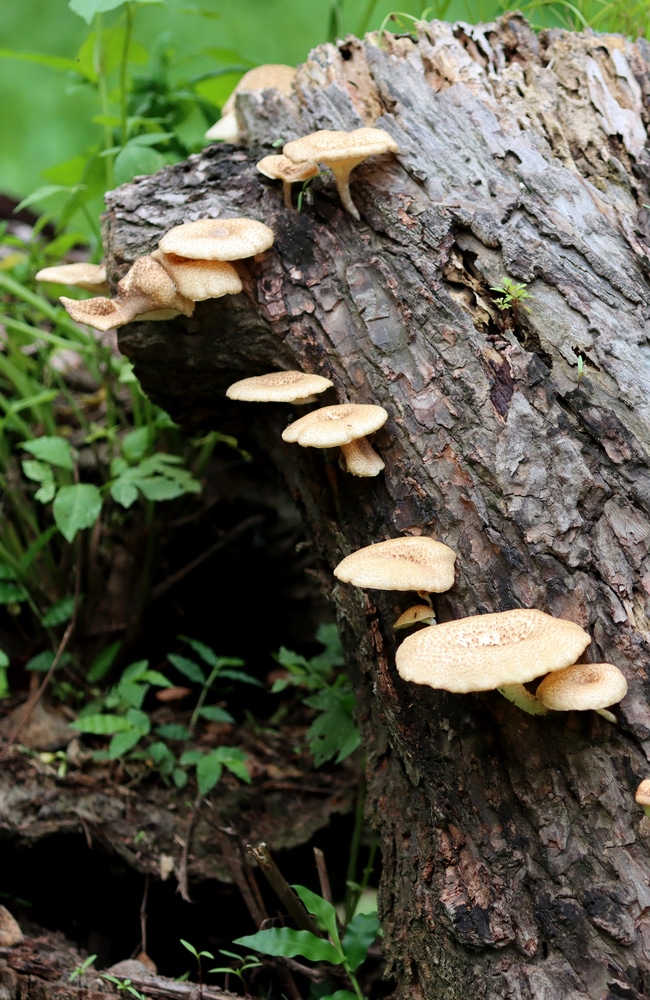
Diatomaceous Earth
Diatomaceous earth, made from small aquatic organisms’ fossils, is a natural pest control treatment to eliminate tiny bugs. The diatomaceous earth kills the insect by drying out the oils in its exoskeleton. It can be used in either its dried form or sprayed as a liquid.

Nematodes
Nematodes are tiny, worm-like creatures that live under the soil. Nematodes will not kill these jumping insects in their adult stage of life. Instead, they consume the insect in their larval and pupal stages. Nematodes can be bought and mixed with water and sprayed or sprinkled onto the grass and other places on your property.

